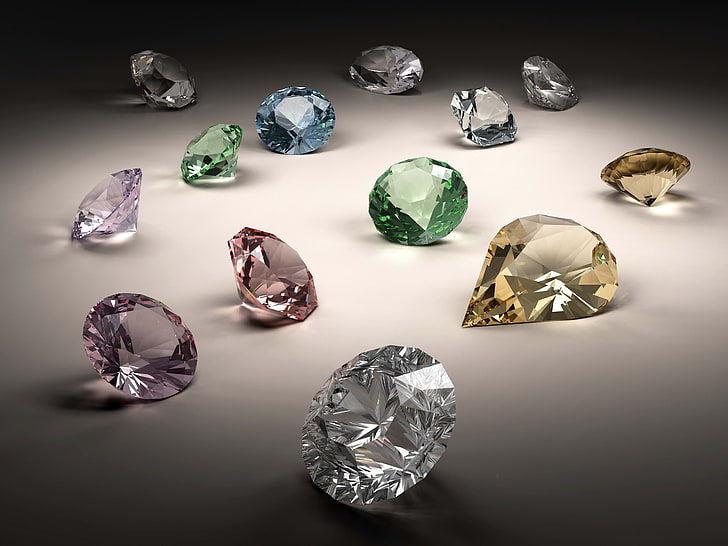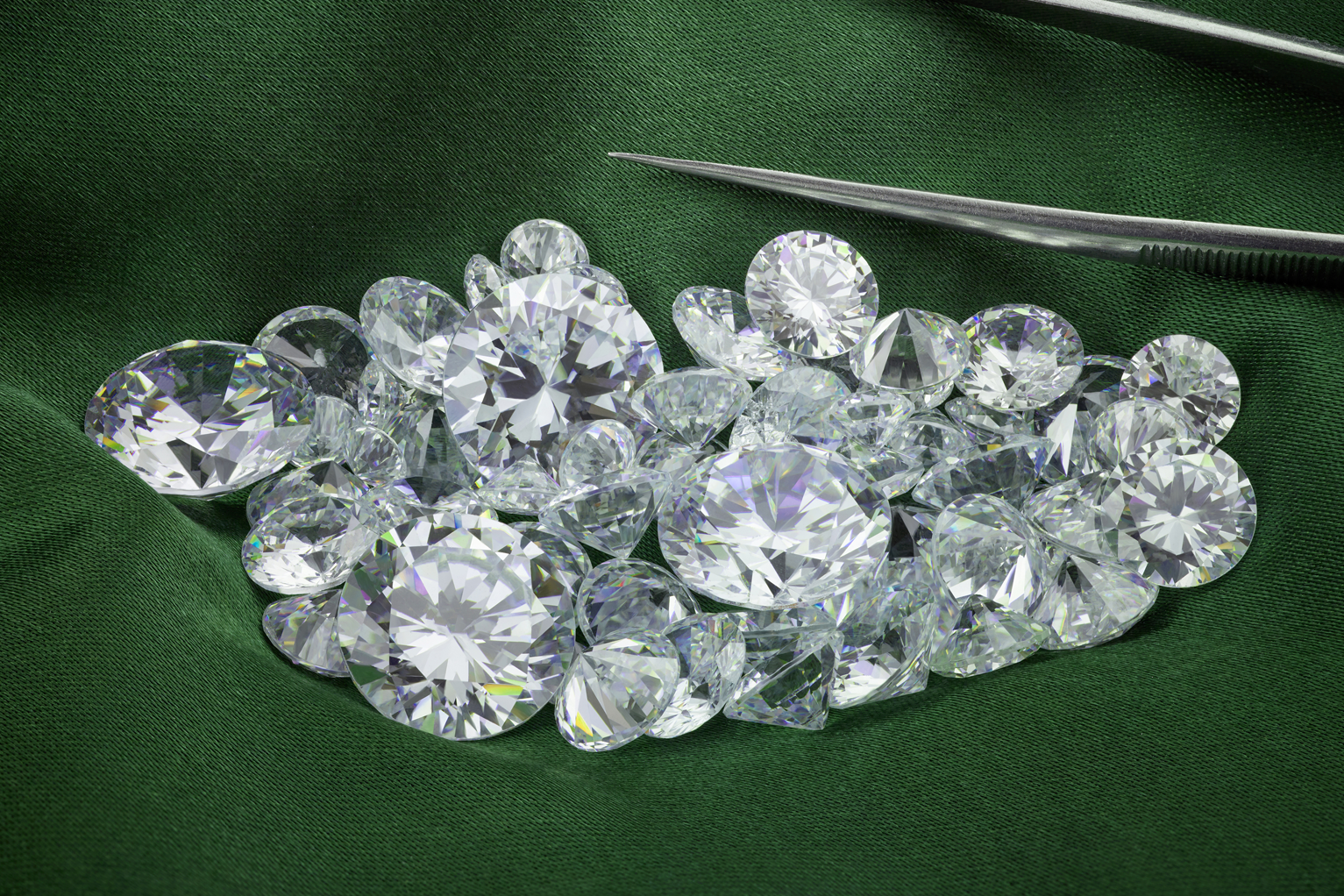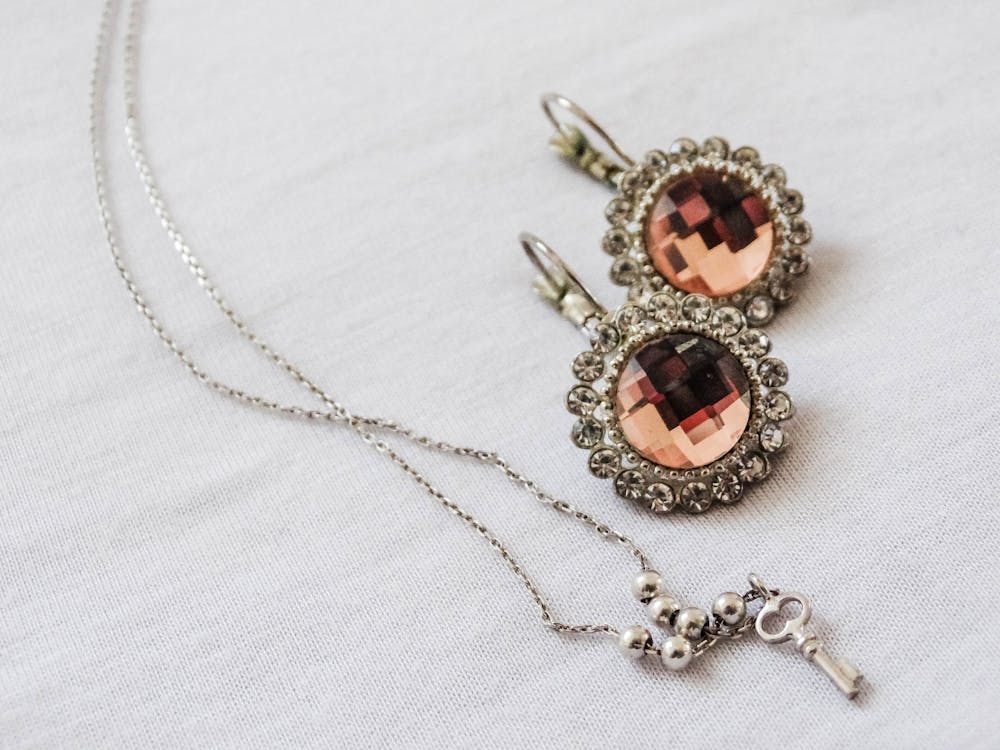
Investing in lab diamonds has emerged as a promising avenue for those looking to diversify their portfolio while contributing to sustainability efforts. In this article, we delve into the world of lab-created diamonds, exploring their merits as investment assets and navigating the intricacies of this burgeoning market.
Table of Contents
Introduction
The allure of diamonds has captivated humanity for centuries, symbolizing love, luxury, and enduring elegance. However, with the advent of technology, the landscape of diamond creation has undergone a paradigm shift, ushering in the era of lab-grown diamonds. These ethically sourced gems are crafted through advanced scientific processes, mirroring the brilliance and durability of their natural counterparts.
What Are Lab Diamonds?
Lab diamonds, also known as synthetic or cultured diamonds, are produced in controlled environments that replicate the conditions present within the Earth’s mantle where natural diamonds form over millions of years. Through innovative techniques such as Chemical Vapor Deposition (CVD) and High Pressure-High Temperature (HPHT), scientists can simulate the crystallization process, yielding diamonds that are chemically and optically identical to those mined from the earth.
Pros and Cons
While lab diamonds offer numerous advantages, including ethical sourcing and reduced environmental impact, some investors remain cautious due to concerns regarding resale value and market saturation. However, as consumer preferences shift towards sustainable and transparent practices, the demand for lab-grown diamonds continues to soar, positioning them as a lucrative investment option.
Why Invest in Lab Diamonds?
Environmental Impact
One of the primary drivers behind the surge in lab diamond investments is their eco-friendly nature. Unlike traditional diamond mining, which entails extensive land excavation and environmental disruption, lab-grown diamonds require minimal natural resources and produce significantly lower carbon emissions. By opting for lab diamonds, investors can align their financial goals with environmental stewardship, fostering a more sustainable future.
Cost Comparison
Another compelling reason to invest in lab diamonds lies in their cost-effectiveness. While natural diamonds are subject to market fluctuations and geopolitical risks, lab-grown diamonds offer greater price stability and predictability. Moreover, the production process enables manufacturers to control the diamond’s characteristics, ensuring consistent quality and purity, thereby enhancing their investment appeal.
Factors to Consider
Quality and Certification
When embarking on a lab diamond investment journey, it’s crucial to prioritize quality and authenticity. Opt for diamonds certified by reputable gemological laboratories such as the Gemological Institute of America (GIA) or the International Gemological Institute (IGI). These certifications validate the diamond’s origin, cut, clarity, and carat weight, instilling confidence in its value and marketability.
Market Trends
Stay abreast of evolving market trends and consumer preferences to make informed investment decisions. Monitor key indicators such as supply-demand dynamics, price fluctuations, and technological advancements within the lab diamond industry. By leveraging market insights, investment lab diamonds can capitalize on emerging opportunities and mitigate potential risks.
How to Invest in Lab Diamonds
Buying Process
Investing in lab diamonds typically involves collaborating with reputable suppliers or authorized distributors who specialize in ethically sourced gems. Conduct thorough research to identify trustworthy vendors with a track record of transparency and integrity. Prioritize diamonds with accompanying certification reports to validate their authenticity and quality.
Storage and Insurance
Once acquired, safeguard your investment by storing lab diamonds in secure facilities equipped with advanced security measures. Consider obtaining comprehensive insurance coverage tailored to the specific value of your diamond portfolio. Consult with insurance providers knowledgeable in gemstone valuation to ensure adequate protection against unforeseen risks.
Risks and Challenges
Market Fluctuations
Like any investment asset, lab diamonds are susceptible to market volatility and economic uncertainties. Factors such as changes in consumer preferences, geopolitical tensions, and disruptive technologies can impact diamond prices and market demand. Diversify your investment portfolio to mitigate risks and hedge against market fluctuations.
Technology Advancements
The rapid pace of technological innovation poses both opportunities and challenges for the lab diamond industry. As manufacturing techniques evolve and production costs decline, the market may experience increased competition and price commoditization. Stay informed about advancements in diamond synthesis technologies and their implications for long-term investment strategies.
Future Outlook
Despite the inherent risks and challenges, the future outlook for lab diamond investments remains promising. With growing consumer awareness and demand for sustainable luxury goods, man made diamonds are poised to disrupt the traditional diamond market. As investors embrace ethical and environmentally conscious investment practices, lab diamonds are likely to emerge as coveted assets with enduring value.
Conclusion
Investing in lab diamonds offers a unique blend of financial potential and ethical responsibility. By harnessing the power of technology and innovation, investors can partake in a burgeoning market while championing sustainability and transparency. With careful research, diligence, and strategic planning, lab diamonds hold the promise of delivering both aesthetic beauty and investment returns for generations to come.

















